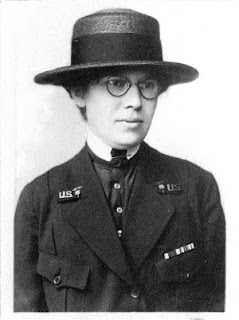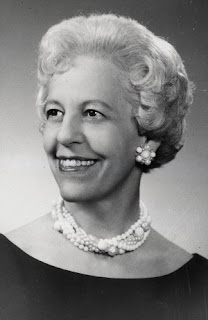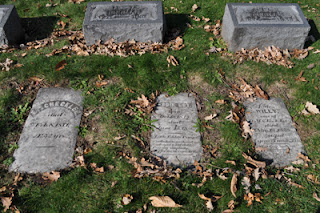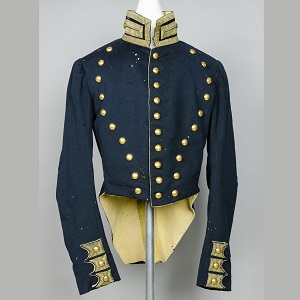Women of Brown County: Syble Hopp
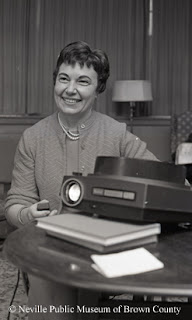
Syble interviewed for a teaching position with the Superintendent of Brown County Schools, Joe Donovan, in the 1950s. He knew instantly that she was destined to do more than teach kindergarten. Joe’s dream was to create a program for students with special needs, and he knew Syble was the one to do it. Syble’s special needs program started with one classroom and grew into its own school, named in her honor. Starting the program was not an easy task. At the time many students with special needs did not attend school. Syble went door to door to recruit students and meet with parents. She eventually became a leader in Special Needs Education. Syble advocated for her students and other children with special needs, as she believed they deserved the chance to receive an education and the opportunity to have days full of fun and creativity. Her dedication not only touched her students but also the teachers she worked with and mentored. Because of her work, the school is still open today. I...
